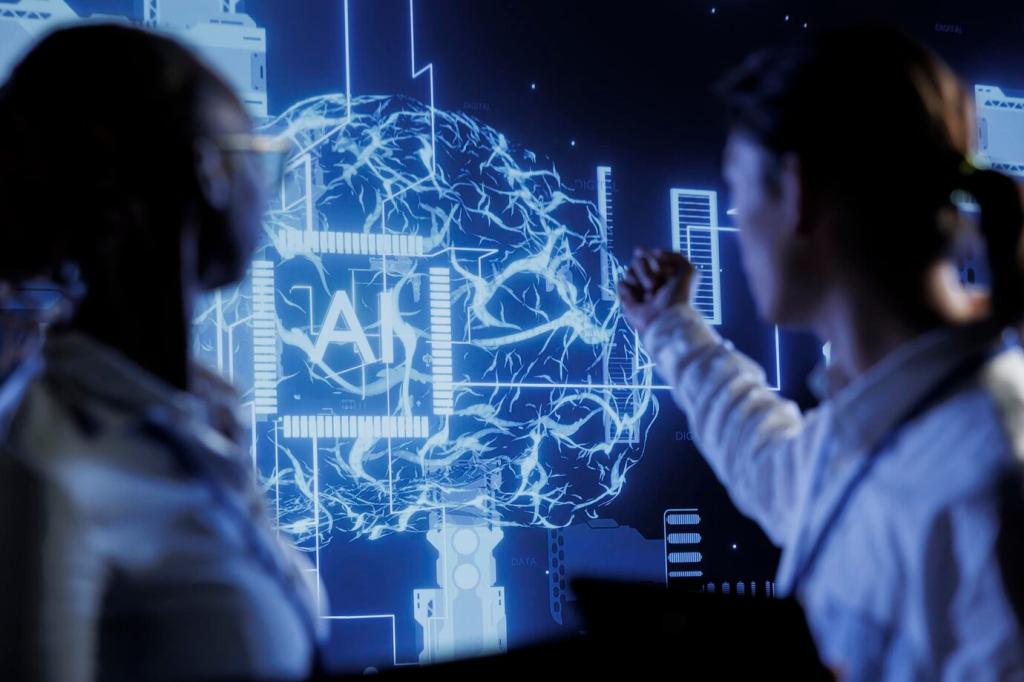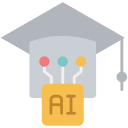Transformative Effects of AI in Classrooms
The integration of artificial intelligence (AI) into educational environments is redefining the ways in which teachers instruct and students learn. With state-of-the-art algorithms and adaptive platforms, classrooms are experiencing unprecedented shifts in instructional strategies, engagement, and outcomes. This transformation is not just technological; it promises a more personalized, efficient, and inclusive approach to learning. As AI steadily advances, it stands at the core of a new educational paradigm—one that makes lessons more interactive, knowledge more accessible, and assessments more meaningful. Exploring the transformative effects of AI in classrooms reveals how this technology is shaping the future of education with innovation at every turn.


